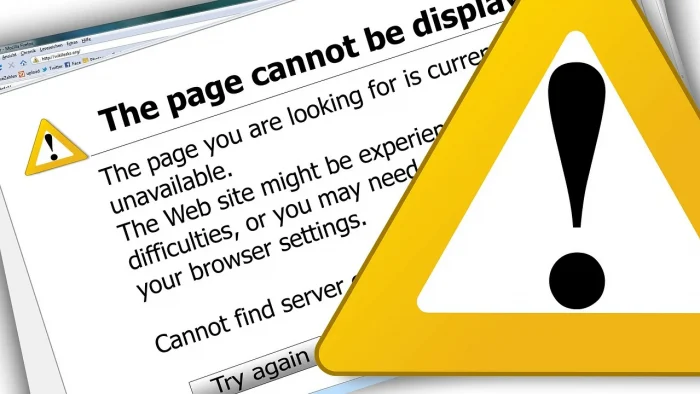It was impossible to ignore last week’s internet outage — a Microsoft processing error turned into mass panic.
Flights at MacArthur, LaGuardia, JFK and Newark airports were delayed, canceled or grounded.
Local businesses were unable to complete payrolls, accept cards or run order-ahead options.
Hospitals had to work around interruptions and in some cases halt services, resulting in canceled appointments and rescheduled surgeries.
So, with every aspect of our lives so inextricably linked to computers and smartphones, we are led to the question: What to do if the metaphorical — and literal — lights go out?
It is important to be informed, follow reliable news sources to stay updated on ongoing outages. You can also sign up for notifications from your service providers to receive real-time updates about outages.
Keep backup communication methods. Alternative communication tools such as email accounts from different providers, messaging apps or even traditional SMS technology can provide a different route to efficient communication.
Ensure access to critical information. Much like the days of the Rolodex or encyclopedia, it is essential to store offline copies of crucial documents and information. Ensure you have important contact numbers written down or stored in a non digital format. Using physical storage devices like USB drives or external hard drives for backups can be beneficial in times of outage.
Don’t rely solely on one service provider, have accounts with multiple providers. For instance, use both Google Drive and OneDrive for file storage. Use websites like Downdetector, Is It Down Right Now? and similar services to monitor the status of various online services.
Look to the community. Join professional and community networks where members share updates and solutions during outages. Participate in forums and groups related to your industry to stay informed about how others are coping with outages. Local libraries offer free technology and computer classes.
Protect your information by regularly backing up your data to multiple locations, including cloud services and physical storage. Implement redundancy in your critical systems, such as having secondary internet connections, power backups and alternative software tools.






